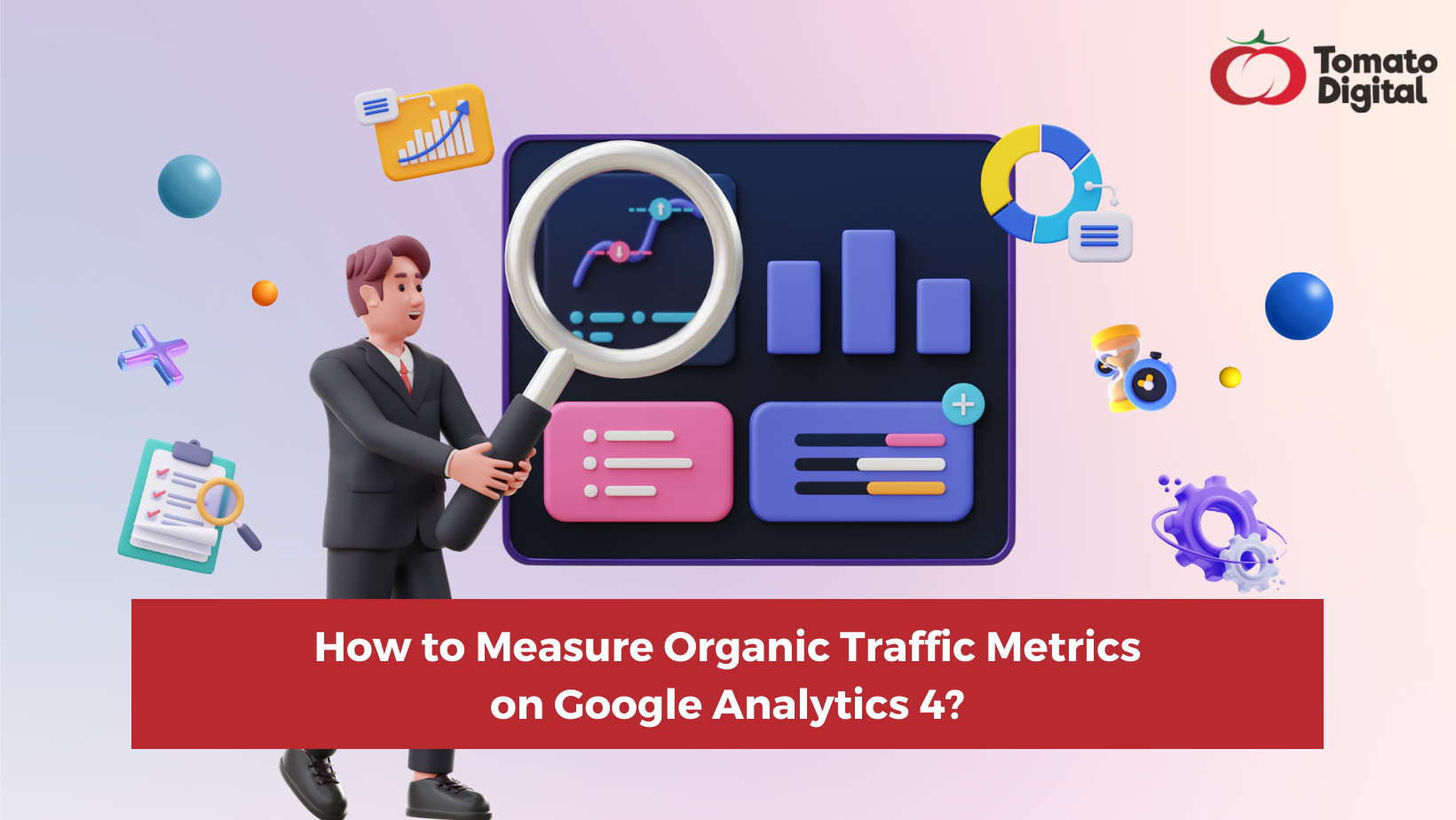In order to understand how people discover and engage with a website through unpaid search engine results, organic traffic is evaluated using a variety of methods and metrics. Below is an overview of the metrics that are frequently used to measure organic traffic:
Number of visitors
The total number of distinct people that have visited your website during a given time frame is known as the number of visits. Measuring the number of visitors in organic traffic is fundamental for assessing the success of your SEO efforts, understanding audience reach, and making informed decisions to optimize your website for increased visibility.
Session duration
The average time users spend on your website during a single session. This metrics is crucial for evaluating user engagement, assessing content effectiveness, and optimizing the overall user experience. By understanding how users interact with your site through organic search, you can make data-driven decisions to enhance content, navigation, and conversion opportunities.
Average time on page
Time on page and session duration serve as distinct metrics employed by website owners and marketers to assess user engagement. Average time on page focuses on the duration users spend on a particular page, offering insights into the depth of their interaction with specific content.
In contrast, session duration encompasses the total time users spend on the entire website during a single visit. It's crucial to recognize that these metrics can vary; a user may exhibit a high time on a page but a low session duration, or vice versa.
This understanding provides businesses with a more nuanced perspective on how users engage with their websites, taking into account both the depth of engagement with individual content and the overall duration of a user's visit.
Average pageviews per session
The average number of pages a user views during a single session. This metric reflects user engagement and how well your content encourages visitors to explore multiple pages on your site.
Here is the formula on how to calculate average page view rate:
Average page views per session= (Page Views Events + Screen View Events) / Total Sessions
Interactions per visit
The average number of interactions (such as clicks, downloads, or form submissions) a user has during a single session. This metric measures user engagement and helps evaluate the effectiveness of interactive elements on your site.
Bounce rate
Bounce rate refers to the percentage of single-page sessions where the user leaves without interacting with the page. Analyzing bounce rates on organic traffic provides insights into user intent. A quick exit may suggest that the user didn’t find what they were looking for, prompting businesses to align content more closely with user expectations.
You can learn more about bounce rate on this article:
Understanding Bounce Rate on Websites with Google Analytics
Exit rate
Identifying exit rate helps pinpoint specific pages where users are most likely to leave the site. Understanding these exit points provides insights into potential issues with content, user experience, or conversion paths.
Traffic source
The term traffic source refers to the various ways that people found your website, including sponsored search, social media, organic search, direct, and referral search. Knowing the sources of traffic enables you to evaluate the merits of various marketing channels and adjust your approach accordingly.
Device source
Breakdown of website traffic based on the devices used, such as desktop, mobile, or tablet. Knowing the device source helps you tailor your website to different devices, enhancing the overall user experience.
When taken as a whole, these metrics offer a thorough understanding of user behavior, engagement, and how well your website draws in and keeps users. To enhance user experience, content quality, and overall website performance, you can make data-driven decisions by routinely tracking and evaluating these indicators in Google Analytics.







